Hazard pictograms for chemicals
After 1 June 2017, all products containing hazardous substances must carry labels with the red-and-white GHS pictograms. You can download all hazard pictograms here.
After 1 June 2017, the new hazard pictograms for chemicals must be used across the EU. In accordance with (EU) Regulation No 1272/2009 (CLP – Classification, Labelling and Packaging) the grace period for the sale of products still carrying the labels with the former orange-and-black hazard symbols will expire on 31 May 2017. The hazard pictograms are in the shape of a diamond with a red border and a white background.
Products carrying hazard pictograms can cause damage if they are not handled properly. So it is crucial to know the meaning of the hazard pictograms and follow the precautionary statements to ensure that a product is safely used.
All dealers are requested to check their products with regard to the new labelling requirements. Products that are not or not adequately classified, labelled or packaged must not be sold anymore after 1 June 2017. If a label does not contain the new hazard pictograms and hazard and safety instructions, administrative penalties will be imposed extending as far as the discontinuation of the sale of the incorrectly classified or inadequately labelled products.
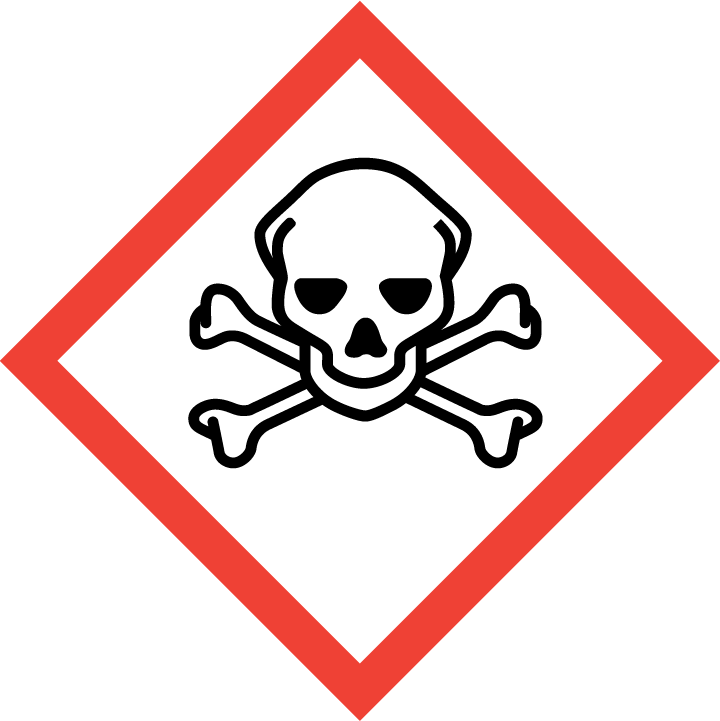
Acute toxicity
Even in the smallest quantities, certain chemicals can lead to life-threatening poisoning if they come in contact with skin, are swallowed or inhaled.
Hazard pictogram "acute toxicity" (ZIP, 652 KB)
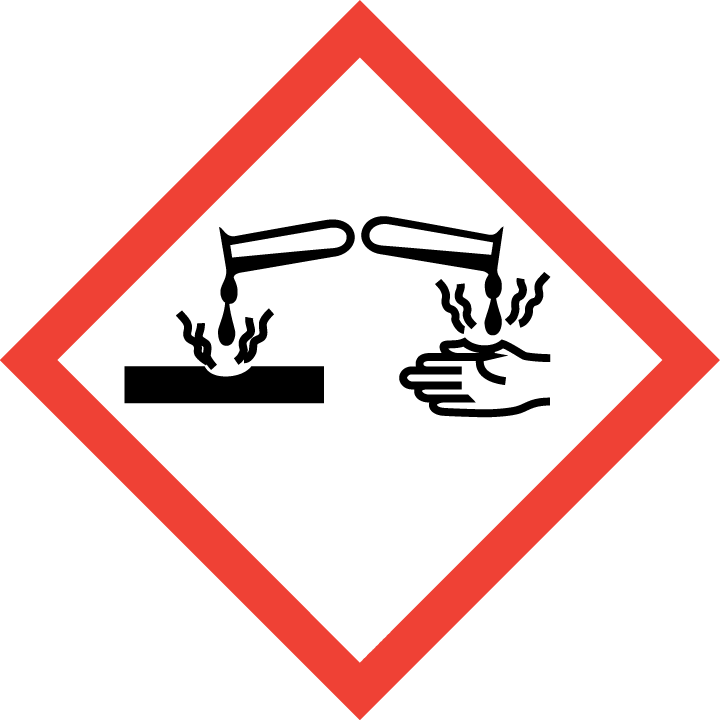
Corrosive
Risk of severe skin burns or serious eye damage. The pictogram also indicates that these chemicals are corrosive to metals.
Hazard pictogram "corrosive" (ZIP, 640 KB)
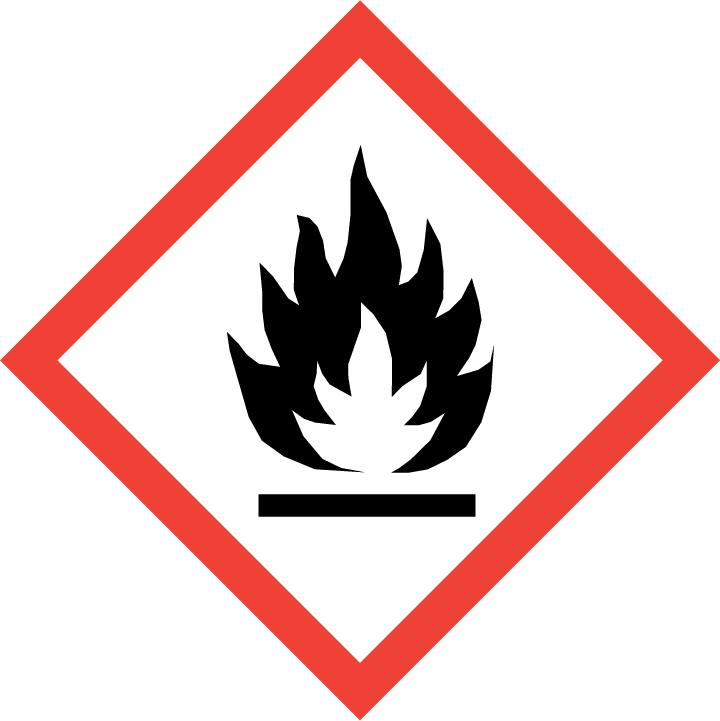
Flammable
Products with this pictogram are extremely flammable. Be particularly careful with the product in the presence of heat or fire or near open flames. Incorrect storage can lead to self-ignition.
Hazard pictogram "flammable" (ZIP, 596 KB)
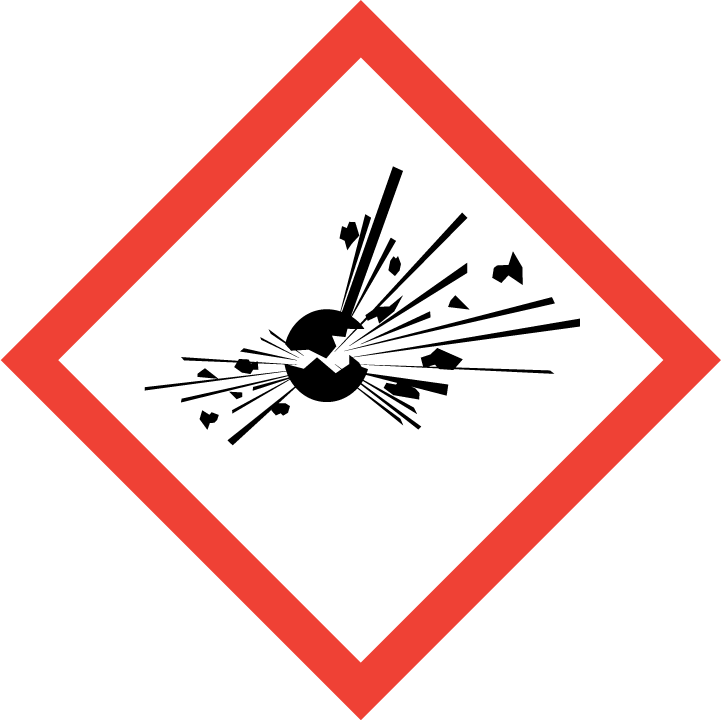
Explosive
These substances can react even without the participation of atmospheric oxygen with heat development and fast generation of gases. They explode easily or deflagrate fast. Caution: Explosion hazard!
Hazard pictogram "explosive" (ZIP, 642 KB)
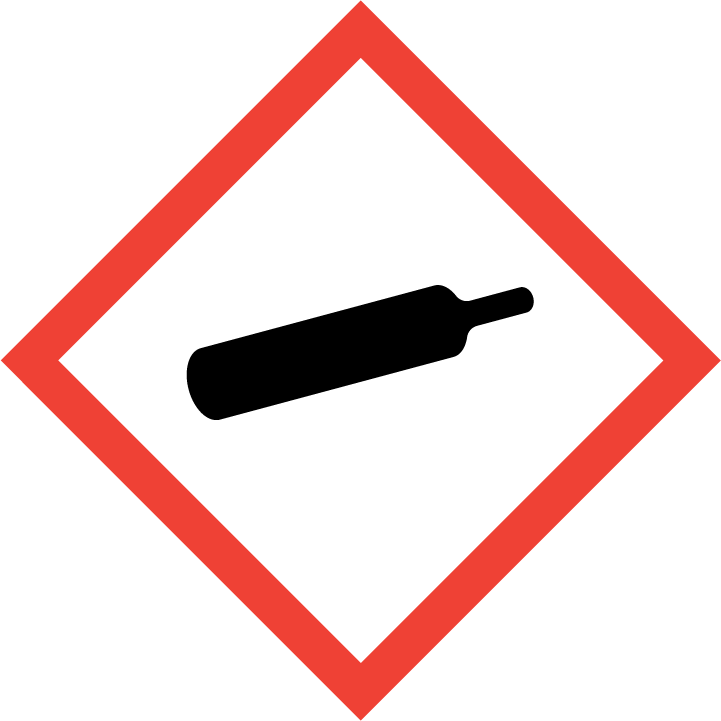
Gas under pressure
The picture of a gas cylinder indicates gases under pressure. If stored incorrectly or exposed to intense heat, they can explode. These also may be refrigerated, liquefied gases which can cause cryogenic burns or injuries.
Hazard pictogram "gas under pressure" (ZIP, 536 KB)
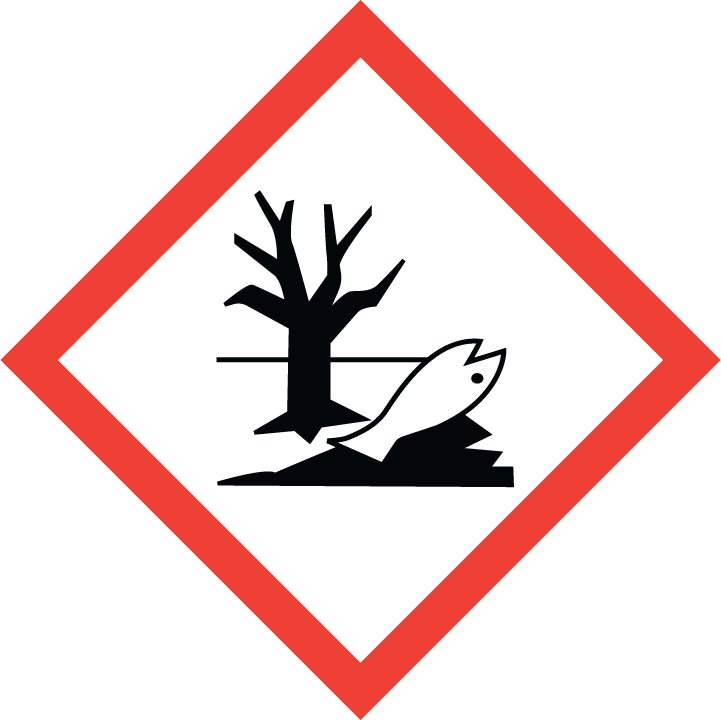
Hazardous to the environment
(Very) toxic to aquatic life, possibly with long lasting effects. Always dispose of products with this pictogram appropriately and never discard them with normal household waste or empty them into wastewater drains.
Hazard pictogram "hazardous to the environment" (ZIP, 679 KB)
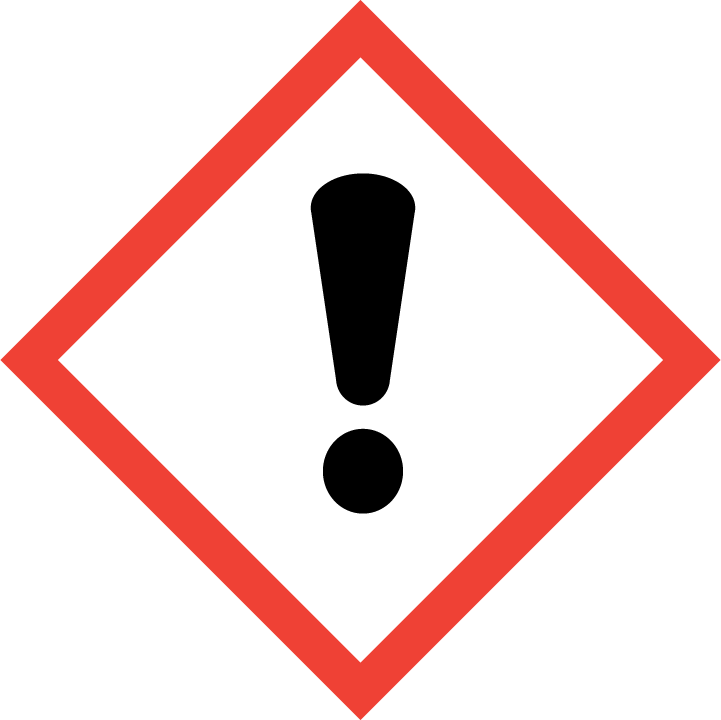
Health hazard
The exclamation mark warns you about various health hazards. These substances may cause skin or eye irritation or trigger an allergic reaction. The substances can be harmful if swallowed, in contact with skin or if inhaled.
Hazard pictogram "health hazard" (ZIP, 545 KB)
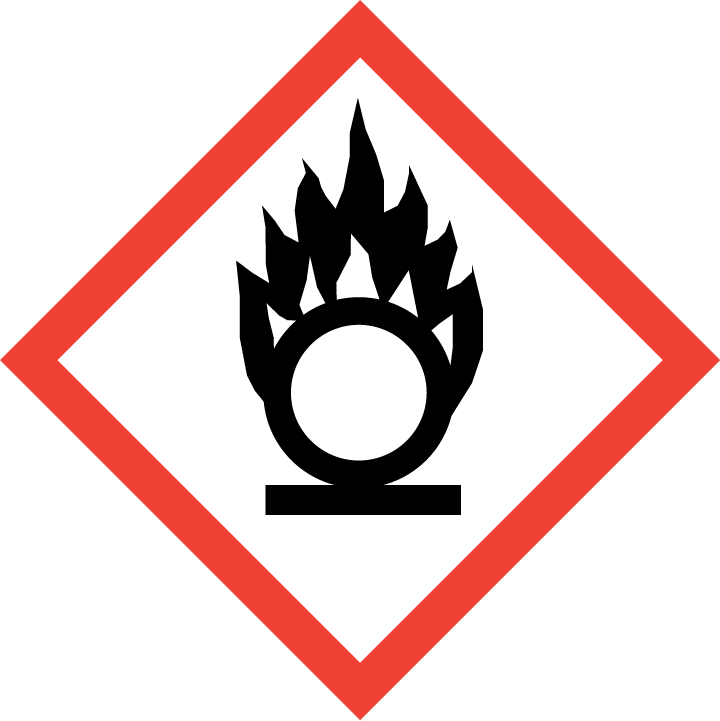
Oxidising
If these chemicals come into contact with other materials, particularly with flammable materials, they react with strong heat development. They can cause or intensify fires or explosions. Incorrect storage can lead to explosions.
Hazard pictogram "oxidising" (ZIP, 605 KB)
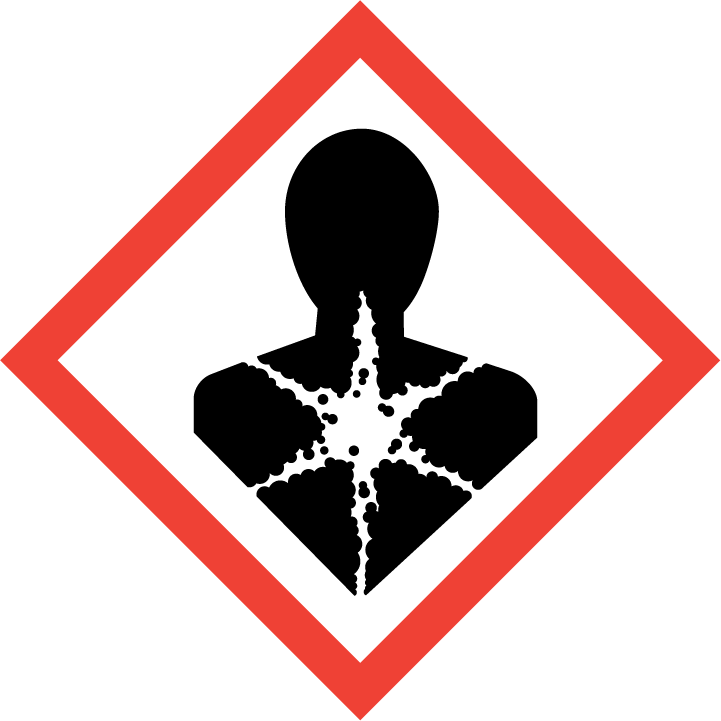
Serious health hazard
This pictogram indicates the risk of serious damage to health. The product poses serious health hazards, for example it may cause cancer or damage the unborn child. Products with this pictogram must be handled with particular care!